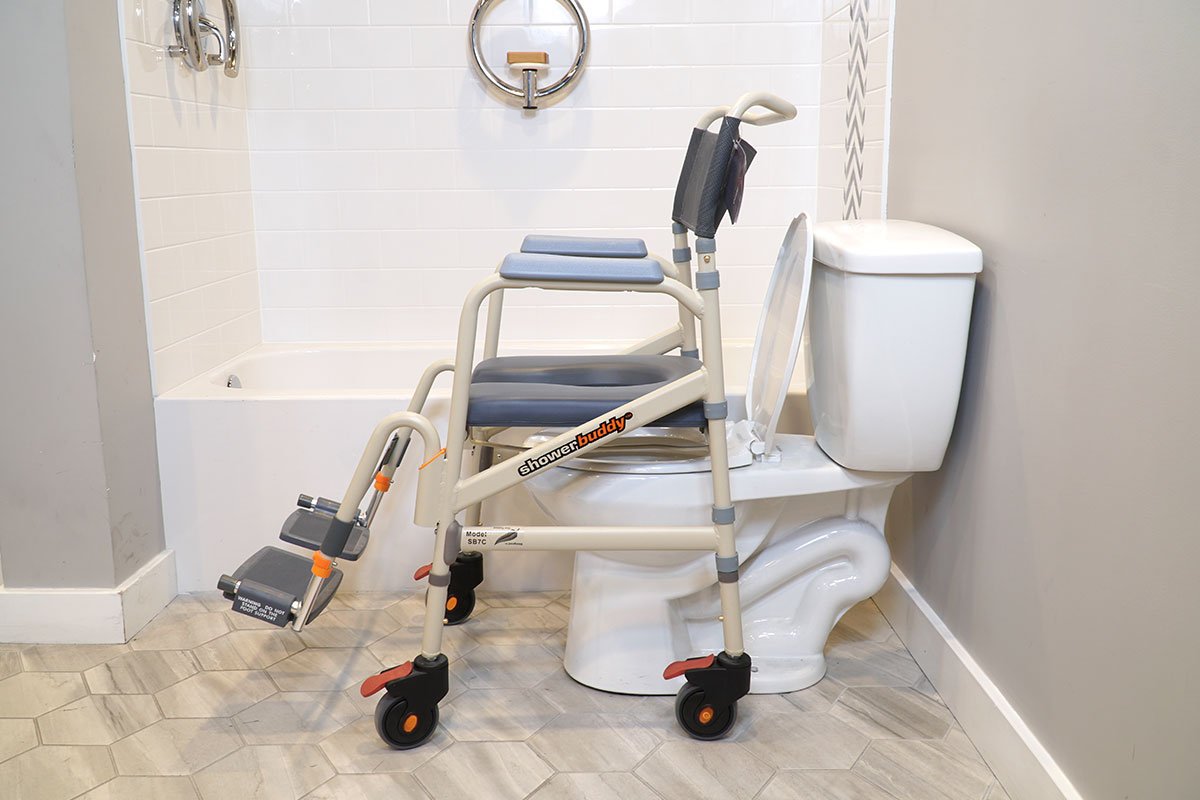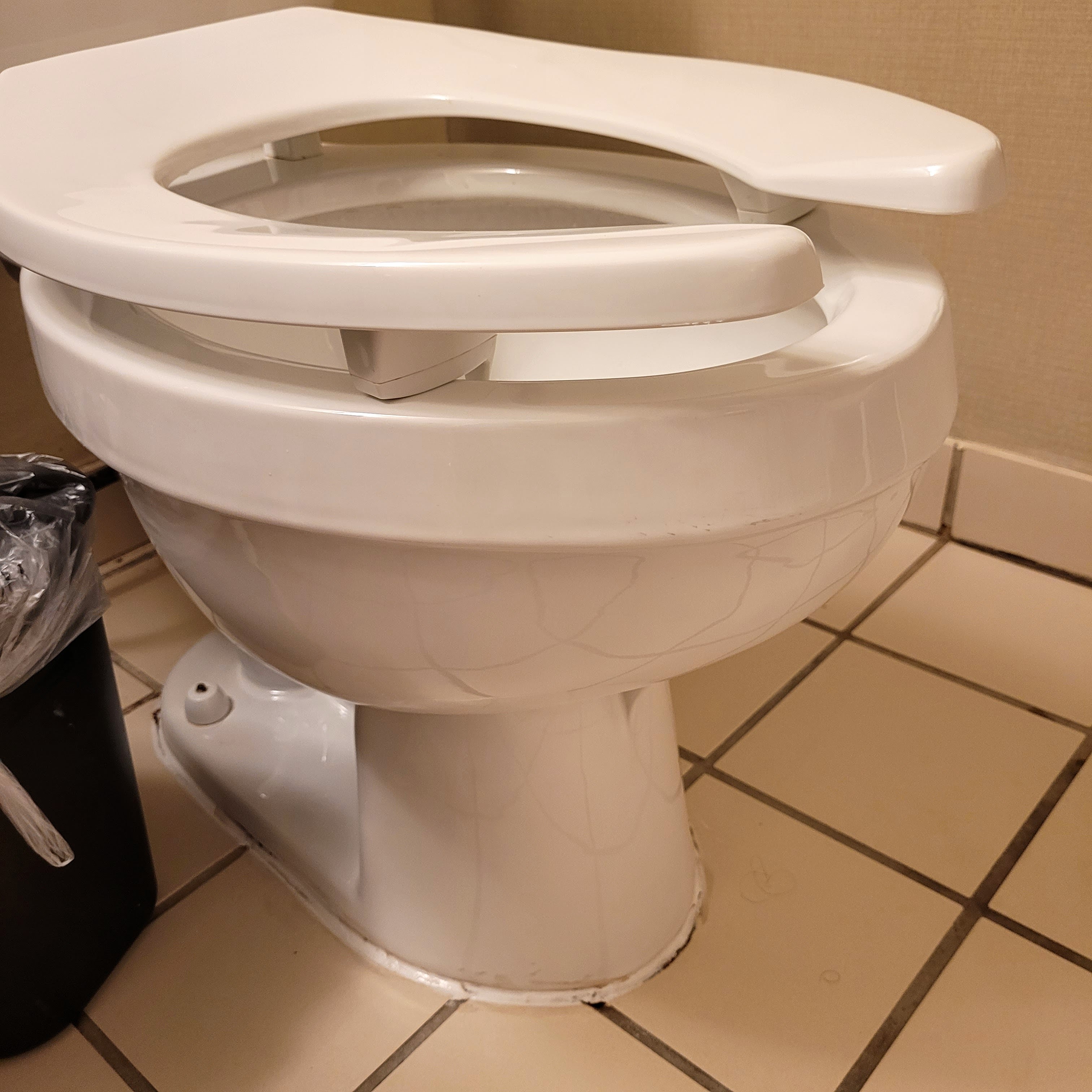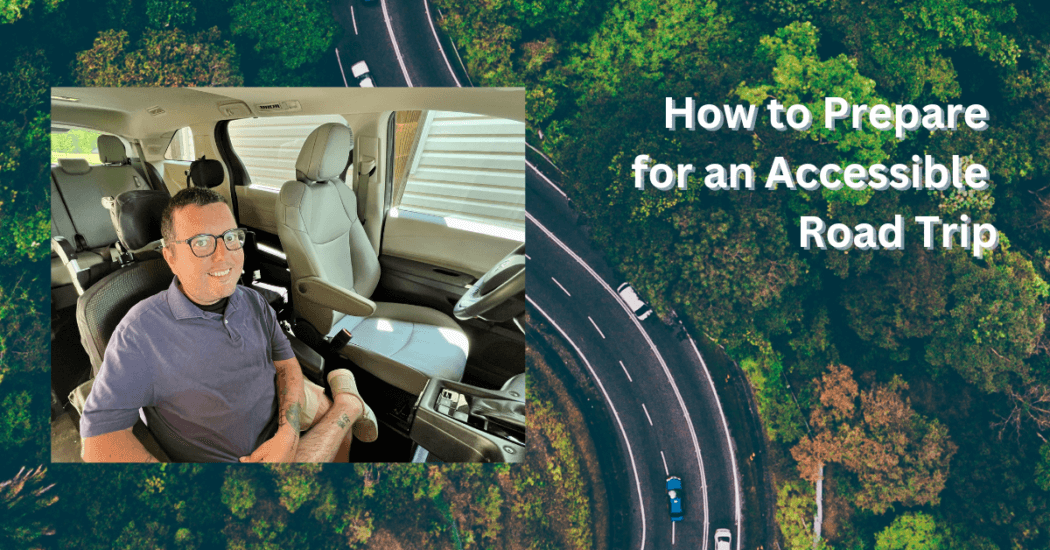Understanding the Needs of Disabled Travelers
Traveling can be a joy, but for those with disabilities, it requires a little more planning and consideration. From wheelchair accessibility to finding suitable bathroom facilities, it’s crucial to prepare ahead of time. As someone who has spent years exploring the beautiful highways of America with friends who have mobility challenges, I know how vital it is to ensure that every road trip is accessible and enjoyable for everyone involved.
The Importance of Accessibility on Road Trips
When embarking on a road trip, accessibility should be a top priority. This doesn’t just mean physical access; it also encompasses emotional and psychological comfort. Accessible travel should feel inclusive, where everyone can enjoy the journey without feeling restricted or frustrated.
Essential Planning for Road Trips
1. Researching Accessible Routes
Before hitting the road, research the best routes suited for your needs. Tools like Google Maps now include accessibility information, indicating wheelchair-friendly paths and facilities along the way.
Tips for Researching Accessible Routes
- Use apps like Wheelmate and AccessNow to check rated accessibility of rest stops and bathrooms.
- Join online forums or travel groups focused on accessible travel for real-time advice.
2. Choosing the Right Vehicle
The choice of vehicle can significantly impact the overall experience. Opt for a vehicle that is spacious and equipped to accommodate any special needs.

| Vehicle Type | Pros | Cons |
|---|---|---|
| Wheelchair Accessible Van | Easy entry/exit, space for wheelchairs | Higher rental and maintenance costs |
| SUV | Good space, all-terrain capable | May need modifications for wheelchair access |
| Standard Car | Lower rental cost, easy to drive | Limited space for mobility devices |
Bathroom Accessibility: A Top Priority
Finding appropriate bathrooms during a road trip can be challenging. Here’s how you can ensure that restroom breaks are stress-free:
1. Identify Accessible Rest Areas
Use the following resources to locate accessible bathrooms:
- Rest Areas along highways typically have detailed accessibility info.
- Apps like AccessNow provide help in finding restrooms that meet ADA standards.
2. Consider Portable Solutions
Sometimes, accessible facilities are not available when you need them. A portable toilet or restroom solution can be a lifesaver.

Top Portable Bathrooms for Travel
| Product | Rating | Features | Price |
|---|---|---|---|
| Reliance Products Luggable Loo | 4.5/5 | Portable, durable, easy to clean | $32.99 |
| SereneLife Portable Toilet | 4.4/5 | Compact, double-sealed, spill-proof | $68.99 |
| Camco Portable Travel Toilet | 4.6/5 | 2.5-gallon capacity, easy to empty | $49.99 |
Travel Tips for Disabled Road Trips
1. Pack Essential Accessibility Items
Always carry items that ensure comfort and accessibility on the road:
- Extra mobility aids (walkers, canes, etc.)
- Portable ramps for easier access into vehicles and buildings
- Comfort items like cushions or blankets

2. Plan Regular Breaks
Long hours on the road can be tough. Plan regular stops to stretch, rest, and refresh.
3. Stay Flexible
While it’s good to have an itinerary, unexpected situations may arise. Stay flexible and adapt as necessary.

Destination Highlights: Accessible Parks and Attractions
As you plan your road trip, consider stops that are known for their accessibility:
1. National Parks
Many national parks offer wheelchair-accessible trails and facilities. Notable mentions include:
- Yosemite National Park: Offers accessible trails and shuttles.
- Grand Canyon: Several viewpoints designed for accessibility.
2. Museums and Cultural Sites
Most museums have made significant strides toward being accessible:
- Smithsonian Museums in Washington D.C: Fully accessible.
- The Getty in Los Angeles: Offers guided tours and accessible pathways.
Pros and Cons of Traveling with Disabilities
Pros
- Opportunities for adventure and exploration.
- Increased awareness and advocacy for accessibility issues.
- Quality time spent with loved ones.
Cons
- Challenges finding suitable accommodations and facilities.
- Potential for mobility constraints in certain locations.
- Extra planning and organization required.
Frequently Asked Questions
Is it possible to travel alone with a disability?
Absolutely! Many people with disabilities enjoy solo travel. Utilizing online resources and staying connected with friends or family during the journey can help ease anxiety.
What are the best travel apps for disabled travelers?
Some useful apps include Wheelmate, AccessNow, and the National Park Service app for discovering accessible routes and facilities.
Are national parks accessible for those with mobility challenges?
Many national parks are equipped with accessible trails, transportation, and restrooms. Always check the specific park’s website for detailed information.